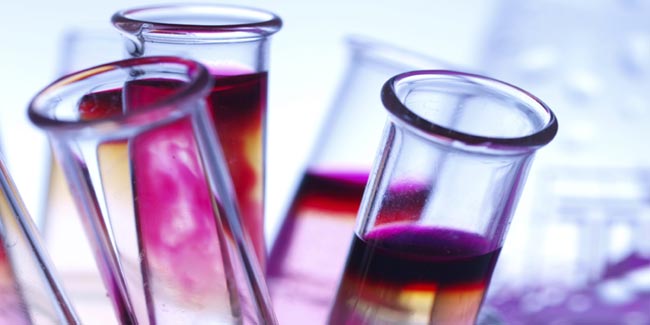
Chemical abortion is exactly what medical abortion is, but given a moniker as such by anti-abortion, religious group that wanted to prescribe the entire concept of an abortion as a dark slant. Chemical abortion, medical abortion or non-surgical abortion falls under the same category, though the methods differ when it comes to the type of chemical abortion that is used.
Table of Content:-
![what is chemical abortion what is chemical abortion]() Types of chemical abortion
Types of chemical abortion
There are different kinds of chemical abortion methods that are categorized on the basis of the following:
- The type of chemical or medicine used to induce abortion.
- The age of gestation.
- The method used in the administering of chemical or medicine into the body.
Chemical abortion with abortion pill
This abortion method is conducted in the first trimester of pregnancy i.e. usually up to 7 weeks of pregnancy. It involves the administering of two medicines orally; one of these is used to thin out the uterine lining and the other is used to stimulate contractions in the uterine that help in the ejection of the contents of pregnancy through the vagina. This method is known to be 97% to 98% effective and is also one of the safest abortion methods, especially for the first few weeks of pregnancy. The doctor may even administer the medicine vaginally or by injection, though this method is obsolete.
Chemical abortion with prostaglandin
This method is usually applied in the second trimester of pregnancy. This method is not quite poplar because of the fact that there are other better and safer abortion methods. This method has not been used since the 1970s. In this method, artificially-produced prostaglandin is administered by way of a long needle into the amniotic sac after some fluid from the sac has been removed. Prostaglandin is a hormone that induces almost violent uterine contractions to enable premature labour. The baby is too young to be able to survive outside of the womb at this stage of pregnancy and hence, dies either on birth or is dead before it is born owing to the violent contractions. To enable abortion by way of this method, the doctor injects salt or urea into the amniotic sac to poison the baby, administers the prostaglandin hormone and finally the baby is delivered dead. Prostaglandin is administered vaginally by way of a suppository.
Chemical abortion with salt poisoning/saline amniocentesis
By way of this procedure, a small portion of the amniotic fluid is taken out and a saline solution is administered into the amniotic sac through a needle. The salt almost literally burns the fetus alive. When the burning happens, the body goes into labour to eject the fetus. If labour does not occur, the doctor administers prostaglandin to induce uterine contractions.
Chemical abortion with Urea poisoning
By way of this procedure, the urea replaces the amniotic fluid instead of salt. The urea is introduced to the amniotic sac by way of a needle. Unlike the two methods mentioned earlier, introducing urea is not an effective chemical abortion method. Prostaglandin has to be administered because in this method, the body does not go into labour easily.
How we keep this article up to date:
We work with experts and keep a close eye on the latest in health and wellness. Whenever there is a new research or helpful information, we update our articles with accurate and useful advice.
Current Version
 Types of chemical abortion
Types of chemical abortion